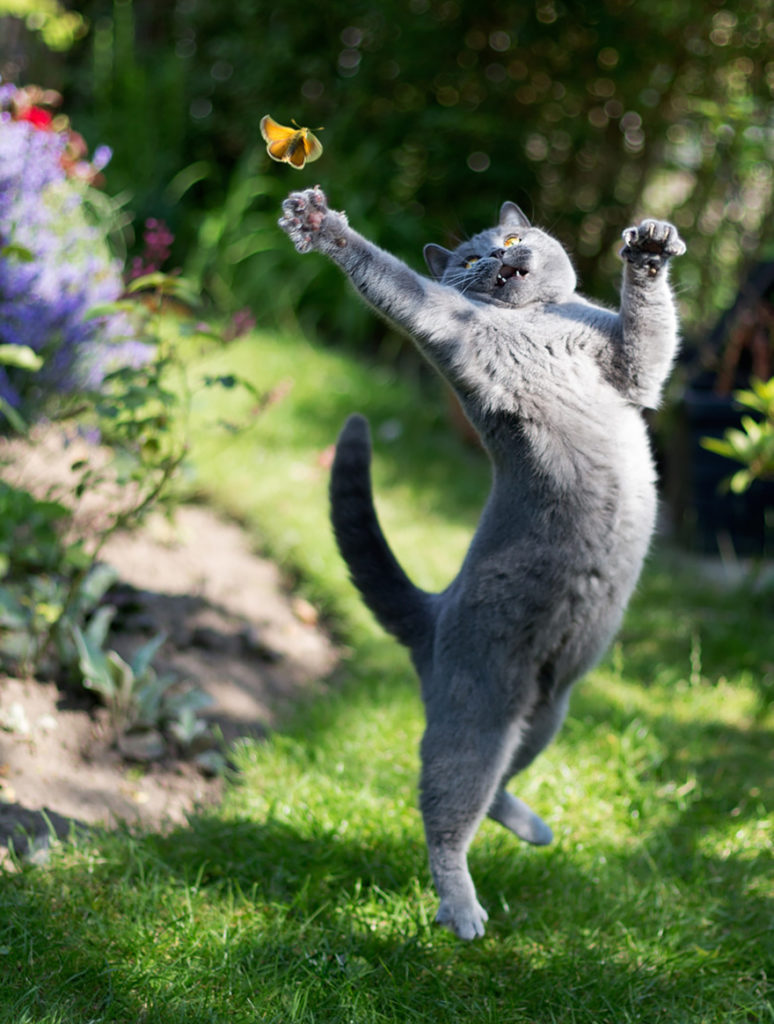
One of the most common questions I hear from novel writers is about writing time jumps, or flashbacks. A novel that is nonlinear can add rich depth to a story, but chaos and confusion are always lurking.
Writing Tip for Today: If a novel’s narrative jumps around in time, what are some ways to prevent reader confusion?
The Good Old Mashers
The first and most important rule of back story or flashback is Don’t Let Your Mashed Potatoes Grow Cold. This idea is to help you keep readers aware of where they are in time. If your real-time scene is interrupted by a memory, that memory takes readers away to a different time and place. The character eating mashed potatoes in real time will stop to let their “mind reel back” and if the memory is too long, readers may forget the real-time scene. And the potatoes get cold.
One way to go in and out of back story is by linking the two “times” with sensory objects. In life, a delicious smell can trigger memories, and it works that way in fiction, too. An object, sound, texture or smell can help readers go from one time to the memory and then back again.
A word about first chapter back story: Many new writers assume that readers must know all about the character’s history before the story begins. If you load the opening with too much back story, readers may not understand yet why you’re telling them all this. Think of how different the same memory might be for different people. How can a character have memories when you don’t know who the character is in real time? Readers really do prefer action to back story and will forgo all the background stuff to see a character in real-time action.
Establish a Pattern
If you are writing a novel which jumps back and forth in time, establish a pattern. One popular method is to alternate chapters. Lisa Wingate’s Before We Were Yours alternates chapters from the 1930s with present day. Readers who know what to expect can engage more completely with a story.
As you write, ask yourself if the novel really needs to jump around in time. I’ve read student work in which the real-time story was unremarkable, but the back story was fascinating and compelling. If your back story constantly upstages your real-time narrative, you might want to stick to one or the other.
If you end up with short snippets that aren’t part of the pattern or you write entire scenes in flashback, ask yourself why you are deviating from the pattern. Maybe you’ve chosen the wrong viewpoint character or you’ve chosen scene rather than a simple summary. Be ready to make adjustments so that your reader has a smooth and logical reading experience.
Always Go Deeper
In any nonlinear narrative, you must be sure to deepen and enrich how the character understands the story problem. Each time you return to a time frame, the character must discover some new information, perception or emotion about the same issue.
As you circle back, your character will need to feel the pressure growing, just as in a contiguous timeline. In fact, each timeline should reflect rising tension in a way that prevents one from upstaging the other. This parallel tension requires a good bit of skill. If you’re having trouble matching tension in both timelines, you may want to revisit the question of whether you really need to jump around in time at all.
If you keep your dual or more timelines going, be sure to set your scene as quickly as possible. I always put the character (if the POV changes), the place and time right up front in a new scene. I don’t want to risk confusing readers about who is doing what when. A nonlinear narrative can work if your time jumps are clear, deepen over the course of the novel and never let the mashed potatoes get cold.





Great article. I’m toggling between the present and the 15th Century. So many decisions about structure and POV… and hooray! Your article helped. Thank you.
Allison,
Time jump novels are so in demand! I am glad you are tackling this particular era–few novels do. And thanks so much for dropping by–tell your writer friends!
Keep Writing,
Linda
Allison,
Time jump novels are so in demand! I am glad you are tackling this particular era–few novels do. And thanks so much for dropping by–tell your writer friends!
Keep Writing,
Linda